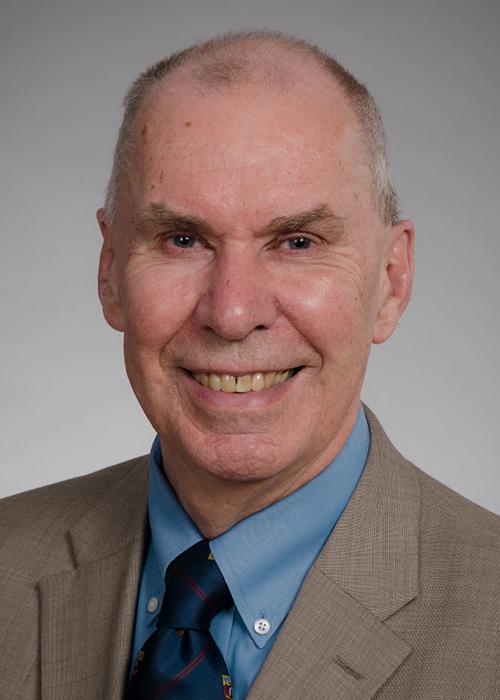Probably?
(Mainly) bayesian data analysis with a philosophical twist
Hidden subjectivity in DNA evidence evaluation: binning
While DNA evidence might seem the ideal of objectivity, in fact there is quite some wiggle room in DNA evidence interpretation. Here’s a fairly simple example of how the choice of hidden parameters might impact such evaluation.
The method relies on regions of DNA sequences in which there are variable numbers of short tandem repeats (VNTRs). Any VNTR locus can exists in multiple forms (alleles). A colection of VNTR thus leads to many possible combinations, and this huge number is often used in the calculation of Random Match Probability.
The problem is that there are practical limits and difficulties to distinguishing all the variants at each locus. Framgents of lengths 2000 base pairs (bp) and 20020 (bp) might not get separated on an electrophoretic gel, and it seems that the error in a fragment length estimation is fairly proportional to its length.
For instance, let’s look at a method that has been around for thirty years or so: the match/binning method. It assumes that the true length $x$ is included in the $x\pm \delta$ interval. If two intervals overlap, they are said to match. Once it is declared, the probability of a matching fragment is estimated from the fequency of the matching fragments in a database that fall into a bin determined by the interval. This is one source of subjectivity: how do you choose an appropriate $\delta$? Different agencies and companies use different intervals. For instance, FBI is reported to use the value of $2.5\%x$, Lifecodes corporation uses $1.8\%x$, while Cellmark Diagnostics chooses $\delta$ that corresponds to a 1mm gel migration distance.
Another problem is that the measurement errors are correlated, so matches for different pairs of fragments are not independend, and quite a bit of statistical analysis has to come into play, with its own subjectivity of the model choice.
This is not to say that DNA evidence is unreliable - just that it inolves much more uncertainty and subjective decision that the popular image of such evidence might suggest.
Check out Population genetics in the forensic DNA debate by B.S. Weir for a more extensive discussion.
